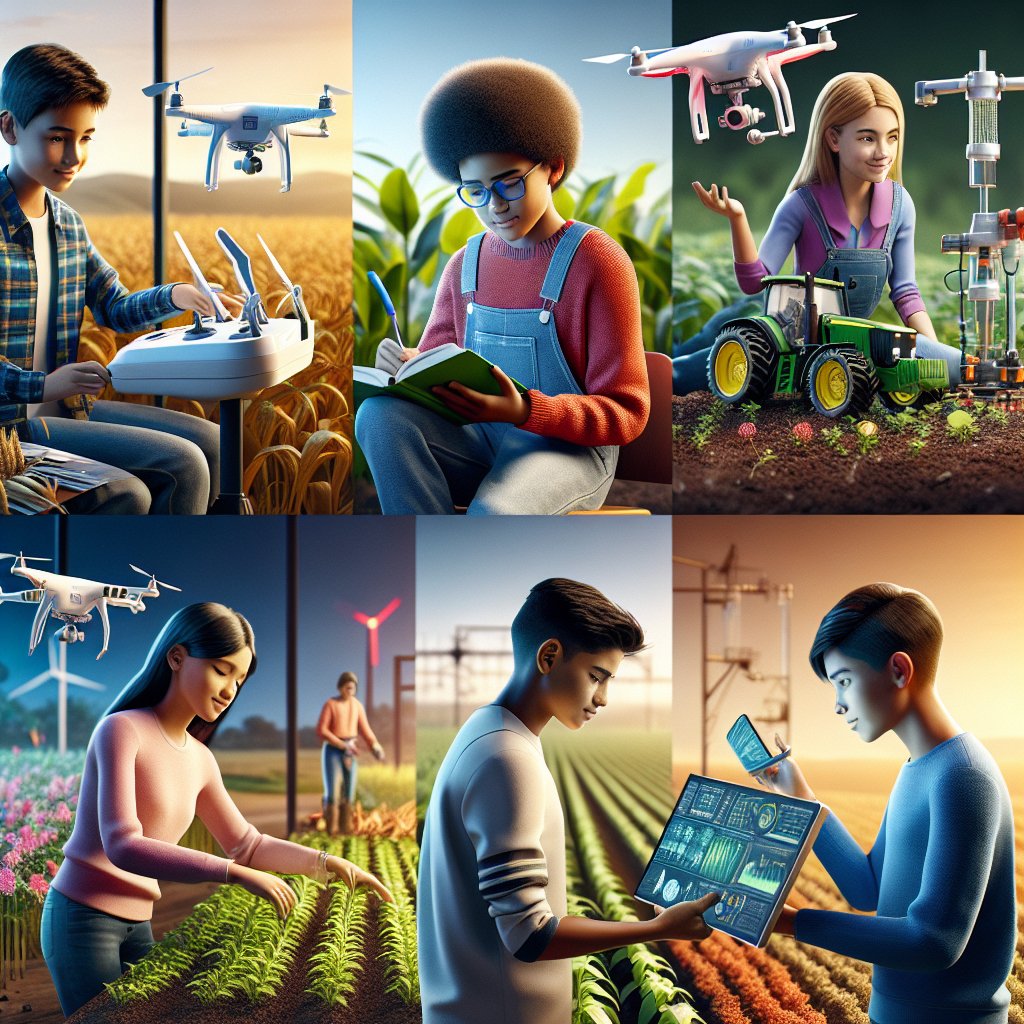The ongoing debate between organic and conventional agriculture shapes the future of food production, consumer choices, and environmental stewardship. This article explores the fundamental differences between these two approaches, focusing on methods, impacts, and challenges. By examining various aspects—from soil management to market dynamics—readers can gain insight into how farming practices influence ecosystem health, human well-being, and global food security.
Organic Farming Foundations
Organic farming emphasizes a holistic, sustainable system that works in harmony with nature. Rather than relying on synthetic chemicals, this approach utilizes natural processes and carefully managed inputs to maintain soil health and promote biodiversity. Key principles include crop rotation, green manures, compost application, and biological pest control.
Core Principles
- Use of organic fertilizers such as compost and animal manure
- Implementation of crop rotation and intercropping to reduce pests and improve nutrient cycling
- Reliance on mechanical and biological weed control rather than herbicides
- Maintenance of habitat areas to support beneficial insects and pollinators
- Avoidance of genetically modified seeds and synthetic additives
Certification programs such as USDA Organic or EU Organic ensure that farms meet rigorous standards. Growers must undergo regular inspections and maintain detailed records of all inputs to preserve their certification status. This transparency helps consumers trust product claims and supports premium price points in market channels.
Conventional Farming Techniques
Conventional agriculture typically focuses on maximizing yield and efficiency using modern technology and synthetic inputs. Practices often include high‐density planting, mechanized tillage, and substantial application of chemical fertilizers and pesticides. These strategies aim to reduce labor costs and increase output per hectare.
Common Practices
- Regular application of nitrogen, phosphorus, and potassium fertilizers
- Use of synthetic herbicides and insecticides to control unwanted plants and insects
- Tillage methods that prepare seedbeds but can lead to soil erosion
- Monoculture systems that simplify management but may harm long-term soil structure
- Integration of high-yielding or genetically modified crop varieties
While the conventional model has achieved remarkable production levels, critics point to potential drawbacks: accumulation of chemical residues, reduced biodiversity, and long‐term degradation of land resources. Innovations such as precision agriculture and integrated pest management attempt to mitigate these concerns by optimizing input use and monitoring field conditions with advanced sensors.
Environmental and Health Implications
Understanding the broader impacts of farming methods is crucial for shaping policies and consumer behavior. Both organic and conventional systems affect the ecosystem and human health, but in different ways.
Soil and Water Quality
- Organic farms often exhibit higher levels of organic matter, improving water retention and reducing runoff.
- Conventional fields, due to repeated tillage and chemical use, can face soil compaction and erosion, leading to sedimentation in waterways.
- Nitrate leaching from over-applied fertilizers poses risks to groundwater, potentially causing blue-baby syndrome and other health issues.
Pesticide Exposure and Residues
Consumers concerned about chemical residues may favor organic produce, which legally prohibits synthetic pesticide use. However, conventional farmers argue that regulated application rates and pre‐harvest intervals keep residues well below safety thresholds. Ongoing research examines long-term health effects of low-dose exposure.
Greenhouse Gas Emissions
Both systems contribute to greenhouse gas outputs, but through different pathways. Organic farming’s reliance on biological nitrogen fixation and composting can reduce nitrous oxide emissions, whereas conventional systems often depend on energy-intensive fertilizer production. Conversely, lower yields in organic agriculture sometimes require more land and potentially higher carbon footprints per unit of product.
Economic Considerations
Farm profitability and consumer price dynamics play decisive roles in agricultural choices.
Production Costs and Yields
- Organic farming generally incurs higher labor costs for manual weeding and monitoring, as well as expenses for certification.
- Conventional farming benefits from economies of scale, mechanization, and government subsidies in many regions, lowering per-unit costs.
- Yield gaps between the two systems vary by crop type and region, with some studies reporting 20–40% lower yields under organic management.
Market Demand and Pricing
Consumers often pay a premium for organic products due to perceived health and environmental benefits. This premium can offset lower yields, making organic production cost-effective for dedicated markets. Conventional commodities dominate global trade, with prices influenced by large-scale supply, trade agreements, and commodity markets.
Risk Management and Resilience
Organic farms, by promoting diversity and building soil resilience, may withstand climatic extremes more robustly. Conventional systems, while optimized for current technologies and market conditions, can be vulnerable to supply chain disruptions and volatile input costs, particularly energy and fertilizer price spikes.
Future Directions and Innovations
As global challenges mount—ranging from climate change to population growth—both organic and conventional agriculture must evolve. Hybrid approaches like integrated farming, agroforestry, and regenerative practices aim to blend the best of both worlds. Precision tools, data analytics, and biotechnological advances promise to enhance productivity while preserving natural resources.
Collaboration among researchers, farmers, policymakers, and consumers is essential to develop scalable solutions that address food security, environmental health, and economic viability. By understanding the core differences and potential synergies between organic and conventional systems, stakeholders can make informed decisions to support a resilient agricultural future.




